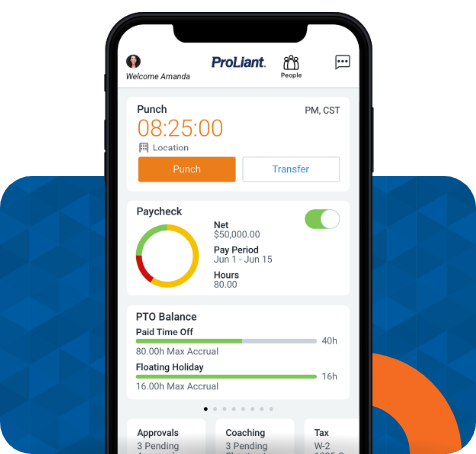This week we are launching a 6-part series of blog posts going over some of the most significant aspects of new and/or hot button tax news starting with the newly passed Tax Cuts and Jobs Act. Everything from new form filings to industry specific benefits and drawbacks, there is sure to be a ton of useful education as well as some expert "hot-takes" for readers to take in and share with their friends and colleagues. Part 1 starts below!

The Tax Cuts and Jobs Act of 2017 (TCJA) has become a familiar term with employers, however now states and localities have their work cut out for them as they look to implement the new norm. The majority of the federal TCJA provisions took effect Jan. 1, 2018 but state tax changes have varying effective dates dictated by their legislative bodies. For example, Form W-2 is required to be filed by January 31 as enacted by the federal PATH act. That being said, as of this time, there are still six states within the US who still maintain the original filing due dates. To put it short, these changes tend to take some time.
The, arguable, largest undertaking for employers will be collecting new state withholding certificates from employees. It currently seems likely the IRS will revise Form W-4, the Employee’s Withholding Allowance Certificate, due to the TCJA’s suspension of the deduction for personal allowances.
To explain further, through 2017 employees were able to claim a personal allowance on Form W-4 for themselves, a spouse, their dependents, and itemized deductions that were subject to the 2% floor. With the enactment of the TCJA the personal exemption deduction has been suspended, though the IRS may choose to administer the income tax withholding rules that disregards this provision for tax years before Jan. 2019. That being said, this suspension is to be decided by the Treasury and the IRS.
The IRS has taken some preemptive measures for the effects that the TCJA will have on employers and employees; in a statement the IRS encouraged employers to reflect the changes in wage payments within Form W-2 for Feb. 2018. It seems that a new W-4 form will need to be developed to reflect the suspension of the personal exemption deduction but no words has come as of yet.
As the TCJA begins to be implemented across the country, business owners should take this time to review any current payroll systems and see what improvements can be made. If possible, we recommend reaching out to account managers to discuss plans on keeping up with the new provisions and ensuring employee information is accurate.
Have you "made the change" yet? What strategies and tactics did you find useful in a smooth transition? Let us know in the comments or on LinkedIn. Or if you haven't yet made the change, are you worried about the process? Do you have questions? We can probably help with that. Feel free to fill out the form below so someone can get in touch.
Source
EY's Employment Tax. (2018, January 9). Significant payroll changes are expected as states consider conformity with the Tax Cuts and Jobs Act of 2017. Retrieved from EY Payroll NewsFlash Workforce Advisory Services.









No Comments Yet
Let us know what you think